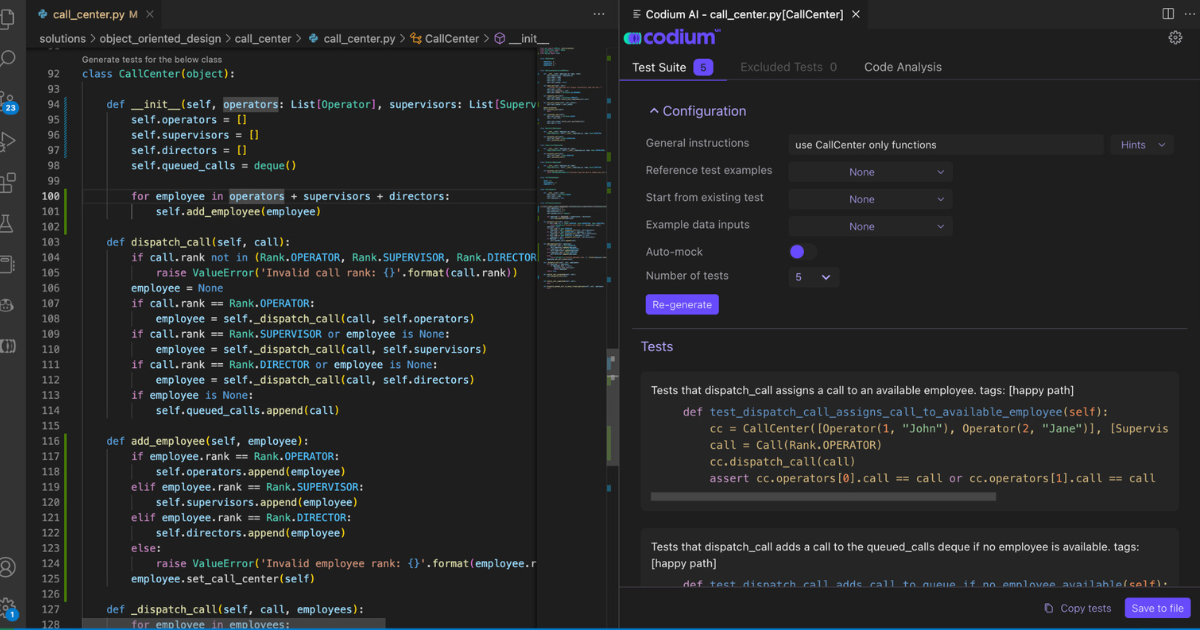
In the context of the comprehensive transformation brought about by the Fourth Industrial Revolution across all aspects of life, artificial intelligence (AI) has become a powerful tool, reshaping the way we work, communicate, and create. Among them, Generative AI is emerging as a pioneer of innovation, with the ability to generate data, content, images, music, and more.
This opens up a new realm of potential and challenges, painting a picture of the power and influence of this technology. Let's delve deeper into Generative AI and its impact on the modern world.
What is Generative AI?
Generative AI is a branch of AI development designed to create new content ranging from text, code, and speech to images, videos, processes, and other digital products.
It can be said that Generative AI is a technological advancement as it learns patterns from available data and then uses this knowledge to generate new outputs. In other words, it has the ability to simulate human creativity to produce complex and realistic content, making it a valuable tool for various industries and fields.

What is Generative AI?
In the field of Information Technology, according to SalesForce, about 86% of IT leaders are hopeful that Generative AI will play a significant role in their work. Furthermore, McKinsey's research also indicates that 75% of experts expect Generative AI to bring about significant change or breakthroughs in competitiveness across industries in the next three years.
Use Cases of Generative AI
Generative AI is being used in various fields due to its remarkable capabilities. Here are some of the many applications that Generative AI brings:
1. Multimedia Content Generation
The most notable potential of Generative AI lies in its ability to creatively generate content, images, and even music. There are several tools that assist users in generating content easily and quickly with just a few prompts. Moreover, by learning from various datasets, it can create natural, friendly, or industry-specific content based on requirements. For example, with ChatGPT, users can generate stories, poems, or even movie scripts simply by interacting with chatbots.
In addition, there is a growing trend of using Generative AI applications to convert text prompts into high-resolution and realistic 2D and 3D images. This tool is being significantly utilized in the media - social networking field, where creators can easily generate images on demand without the cost of hiring real people. However, there are still debates surrounding this as it raises questions about whether AI can replace human tasks.

Multimedia Content Generation
2. Support in Software Engineering
Generative AI can be used to automatically generate code, helping to speed up software development and reduce repetitive tasks for developers. Generative AI models can learn from existing source code data and generate new code based on input requirements and parameters.
Moreover, it can also be used to automate software development processes such as deployment, monitoring, and source code management. Models can automatically generate code snippets, documentation, and reports to support the software development process, as well as identify potential issues, optimize the structure, and performance of the source code.

Support in Software Engineering
3. Text-to-speech Conversion
Generative AI can now be used to convert text into speech. Specifically, it will generate human-like speech, making it useful for tasks such as creating voice assistants, reading text, and generating audio content for online applications and services.
With the development of Generative AI, the generated voices are becoming increasingly natural and realistic, to the point where listeners may have difficulty distinguishing between synthesized speech and human speech. This opens up many potential applications in fields such as education, communication, and entertainment.
In fact, companies like Google are actively utilizing this feature. Google's Text-to-Speech service uses AI to convert text into speech with natural sound, including over 200 voices in more than 40 languages.
Challenges of Generative AI
Besides the potential development opportunities that Generative AI brings, it also faces numerous challenges. Here are some:
1. Stability and Accuracy
One of the major challenges in ensuring the stability of Generative AI is model training. Some models may be prone to breaking when faced with noisy or incomplete data. Additionally, the model training process can be unstable, especially in newer models that require extensive experimentation and parameter tuning.
In terms of accuracy, Generative AI needs to generate new data of high quality and relevance to the specific application's goals. This is particularly important in fields like healthcare, where generated data must meet strict standards of accuracy and reliability. The challenge here lies in ensuring that the generated data is not only technically accurate but also suitable for the environment and context of use.
2. Security and Privacy
The development of Generative AI presents a lucrative opportunity for creating fake data and infringing on individuals' privacy rights. Currently, social media is witnessing the exploitation of Generative AI to produce "deepfakes" - manipulated images of others for malicious purposes such as fraud or extortion. This has resulted in serious consequences for privacy and personal dignity.
Therefore, when deploying Generative AI in real-world environments, it is essential to ensure that systems and applications are securely protected to prevent unauthorized access and use of data. Security measures such as data encryption and access control can be implemented to ensure that information is effectively protected.

Security and Privacy
3. Copyright Issues
The data used to train generative models often contain works protected by copyright. Using this data to generate new data may raise questions about legality and intellectual property rights
Furthermore, generative models and the data they produce may be considered intellectual property. This raises questions about who owns these works and their rights regarding usage, copying, and distribution.
Follow HR1Tech to read more useful information!